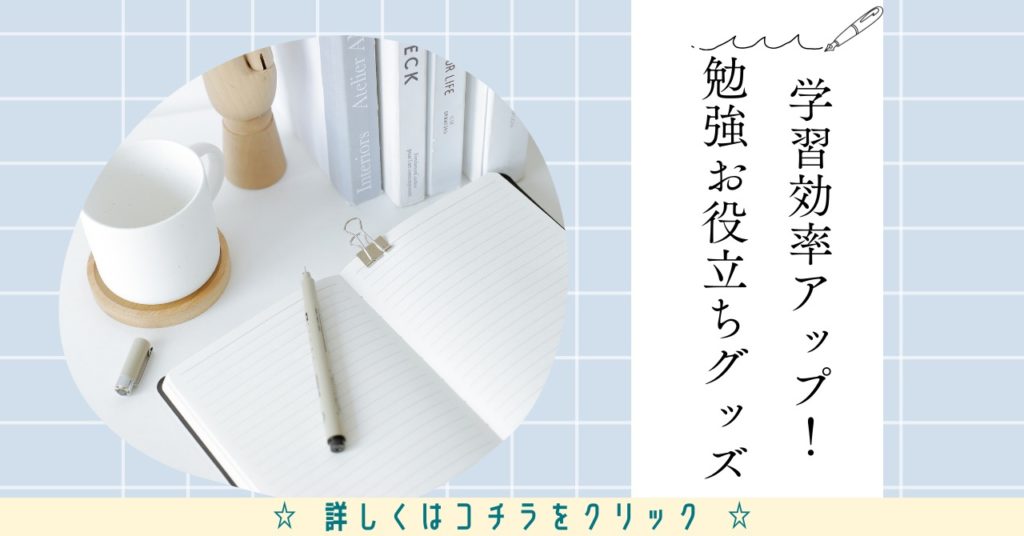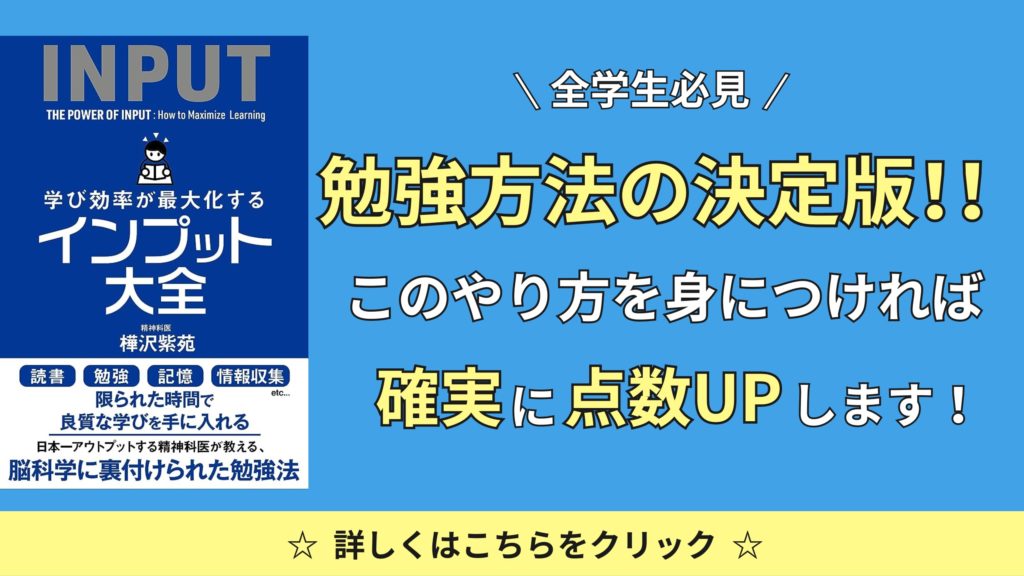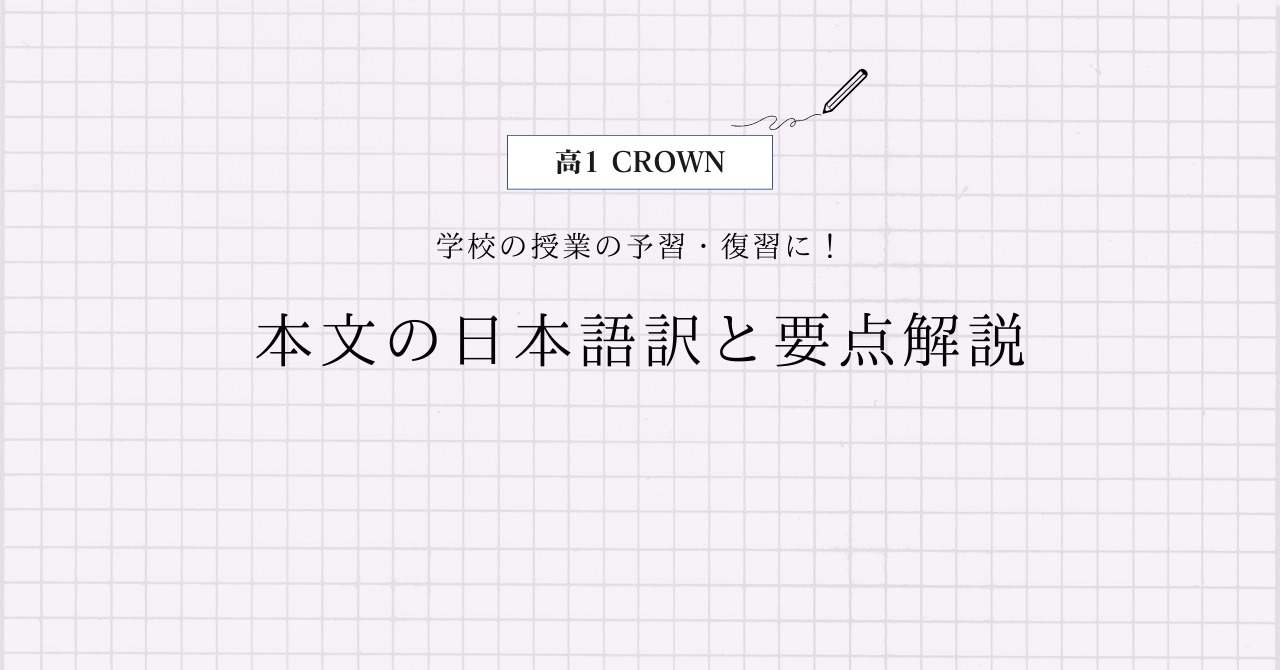三省堂 高1CROWN English Communication1 Lesson4 Section4の本文の日本語訳と重要箇所の解説です。
Section4-1, 4-2, 4-3の解説はこちらからご覧ください。
>高1CROWN English Communication1 Lesson4 Section1 本文和訳
>高1CROWN English Communication1 Lesson4 Section2 本文和訳
>高1CROWN English Communication1 Lesson4 Section3 本文和訳
- CROWN English Communication1 Lesson4 Section4 本文と日本語訳
- CROWN English Communication1 Lesson4 Section4 重要事項の解説
- 4 Conclusion: bridging the chasm
- The Jomon culture still exerts great influence on us today.
- Okamoto Taro, a well-known Japanese artist, created the Tower of the Sun for the Osaka Expo in 1970.
- It was inspired by the dogu with a heart-shaped face.
- Yamaoka Nobutaka, a movie director, had spent five years visiting 100 Jomon sites before filming a movie about the Jomon culture.
- He says, “There is a great chasm separating the Jomon period and us. But as we get to know more about it, we come to see something that enables us to look at ourselves in new ways.”
- When you look at these dogu, try to imagine that they are looking back at you through 10,000-year-old eyes.
- You sparked our interest in Australia’s prehistoric art.
- We hope we’ve sparked your interest in Japan’s.
- Next year we hope some of you can come to visit us in Aomori.
- You’ll see the Jomon culture up close.
- If you have any questions, we’d be happy to answer them.
- CROWN English Communication1 Lesson4 Section4 まとめ
CROWN English Communication1 Lesson4 Section4 本文と日本語訳
4 Conclusion: bridging the chasm
「4 結論:隔たりを埋める」
The Jomon culture still exerts great influence on us today.
「縄文文化は今日でもいまだに私たちに大きな影響を与えています。」
Okamoto Taro, a well-known Japanese artist, created the Tower of the Sun for the Osaka Expo in 1970.
「よく知られた日本の芸術家の岡本太郎は,1970年の大阪万博のために太陽の塔をつくりました。」
It was inspired by the dogu with a heart-shaped face.
「それはハートの形をした顔の土偶に着想を得ました。」
Yamaoka Nobutaka, a movie director, had spent five years visiting 100 Jomon sites before filming a movie about the Jomon culture.
「映画監督の山岡信貴は縄文文化についての映画を撮影する前に,5年かけて100か所の縄文遺跡を訪れました。」
He says, “There is a great chasm separating the Jomon period and us. But as we get to know more about it, we come to see something that enables us to look at ourselves in new ways.”
「彼は,『縄文時代と私たちを分ける大きな隔たりがあります。しかし,それについてもっと知るようになるにつれて,私たちは新しい方法で自分自身を見ることを可能にする何かが分かるようになります。』と言います。」
When you look at these dogu, try to imagine that they are looking back at you through 10,000-year-old eyes.
「これらの土偶を見るとき,土偶は10,000年前の目であなたのことを振り返って見ているということを想像してみてください。」
You sparked our interest in Australia’s prehistoric art.
「あなたたちはオーストラリアの先史時代の芸術に対する私たちの興味をかき立ててくれました。」
We hope we’ve sparked your interest in Japan’s.
「私たちが,日本の先史時代の芸術に対するあなたたちの興味をかき立てていると嬉しいです。」
Next year we hope some of you can come to visit us in Aomori.
「来年,あなたたちの中に青森にいる私たちのことを訪ねに来てくれる人がいることを望んでいます。」
We’ll go together to Sannai-Maruyama.
「一緒に三内丸山に行きましょう。」
You’ll see the Jomon culture up close.
「間近で縄文文化を見れるでしょう。」
Thank you.
「ありがとうございます。」
If you have any questions, we’d be happy to answer them.
「もし何か質問があれば,喜んでお答えします。」

CROWN English Communication1 Lesson4 Section4 重要事項の解説
4 Conclusion: bridging the chasm
“conclusion“は「結論」という名詞です。
“bridge”は「に橋をかける,(隙間を)埋める」といった動詞で,ここでは「動名詞」になっていますね。
“chasm”は「隔たり,裂け目」といった名詞です。
The Jomon culture still exerts great influence on us today.
“culture”は「文化」,“influence”は「影響」という名詞です。
“still”は「まだ,いまだに」という副詞で,“exert”は「を発揮する,与える」という動詞になります。
Okamoto Taro, a well-known Japanese artist, created the Tower of the Sun for the Osaka Expo in 1970.
“Okamoto Taro”と“a well-known Japanese artist”は「同格語」になります。“名詞,名詞”の並びは「同格語」の可能性が高いですよ!
“well-known”は「よく知られた」という形容詞で,“create”は「を創る,生み出す」という動詞ですね。
“the Tower of the Sun”は「太陽の塔」で,“Expo”は“exposition”の省略形で「博覧会」という名詞です。
It was inspired by the dogu with a heart-shaped face.
“It”は“the Tower of the Sun”を指しています。
“inspire”は「(着想を)与える,刺激する」といった動詞で,ここでは「受動態」になっていますね。
“heart-shaped”は「ハートの形をした」という形容詞になります。
Yamaoka Nobutaka, a movie director, had spent five years visiting 100 Jomon sites before filming a movie about the Jomon culture.
“Yamaoka Nobutaka”と“a movie director”は「同格語」になります。
“director“は「監督,指導者」,“site”は「遺跡,場所」という名詞です。
“spent”は“spend(を過ごす,費やす)”の過去分詞形で,ここでは「過去完了」になっていますね。
“spend 時間 動詞のing形”で「~するのに時間を費やす」という意味になります。
直訳すると「100か所の縄文遺跡を訪れるのに5年費やした」となりますが,今回は「5年かけて100か所の縄文遺跡を訪れた」と訳しました。
“before”は「~前に」という前置詞で,“film”は「を撮る」という動詞になります。前置詞の後ろなので「動名詞」になっていますね。
He says, “There is a great chasm separating the Jomon period and us. But as we get to know more about it, we come to see something that enables us to look at ourselves in new ways.”
ここでは「there構文」が使われていますね。
“separate”は「を分ける」という動詞で,ここでは「現在分詞」として“separating the Jomon period and us”が“a great chasm”を修飾しています。
“period”は「時代,時間,終わり」といった名詞です。
“as”は「~するにつれて」という重要な接続詞で,“get to 動詞の原形”は「~するようになる」という意味になります。
“more”は「もっと多くのこと」という名詞で,“it”は“a great chasm”を指していますね。
“come to see”は「会いに来る,が分かるようになる」という意味で,“something”は「何か」という代名詞です。
“that”は「主格の関係代名詞」で,“that enables us to look at ourselves in new ways”が先行詞“something”を修飾していますね。
“enable 名詞 to 動詞の原形”は「名詞が~するのを可能にする」という重要表現で,“way”は「方法,道」という名詞になります。
“ourselves”は「私たち自身」という再帰代名詞で,主語と目的語が同じになるときは,目的語を再帰代名詞を使って表現します。
今回は前置詞“at”の後ろの目的語が,“us”ではなく“ourselves”になっているということです。
When you look at these dogu, try to imagine that they are looking back at you through 10,000-year-old eyes.
この文は「接続詞when」が使われています。
“these”は“this”の複数形で「これらは(の)」という意味ですね。
“try to 動詞の原形”は「~しようとする」という意味で,“imagine”は「を想像する」という動詞になります。
“imagine”の後ろには「接続詞that」がありますね。
“they”は“these dogu”を指していて,“look back at~”は「~を振り返って見る」という意味で,ここでは「現在進行形」になっています。
“through”は「を通して」という前置詞で,“数字-year-old”は「~歳の」という意味です。今回は「10,000年前の」としました。
You sparked our interest in Australia’s prehistoric art.
“spark”は「を刺激する」という動詞で,“spark interest in~”で「~に興味(関心)をかき立てる」という意味になります。“interest”は「興味,関心」という名詞です。
名詞に‘sを付けると「~の」という所有を表します。
直前の名詞が複数形のときは” teachers‘ “のようにアポストロフィーだけを最後に付けます。
“prehistoric”は「先史時代の」という形容詞ですね。
We hope we’ve sparked your interest in Japan’s.
“hope”は「を望む」という動詞で,後ろには「接続詞that」が省略されていますね。
また,ここでは「現在完了」も使われています。
“Japan’s”の後ろには,直前の文で出てきた“prehistoric art”が省略されていますよ。
Next year we hope some of you can come to visit us in Aomori.
“hope”の後ろには「接続詞that」が省略されていますね。
“some of~”は「~の中には…もいる」と訳しました。
“come to 動詞の原形”は「~しに来る」という意味です。
You’ll see the Jomon culture up close.
“up close”は「すぐ近くで,間近に」という副詞です
If you have any questions, we’d be happy to answer them.
この文では「接続詞if」が使われていますね。
“any”は肯定文で使うと「何でも」という形容詞になります。
“would be happy to 動詞の原形”で「喜んで~する」という重要表現になります。
“them”は“questions”を指していますね。

CROWN English Communication1 Lesson4 Section4 まとめ
以上がCROWN English Communication1 Lesson4 Section4の日本語訳となります。
「関係代名詞」「分詞」などの使い方をしっかり確認しておきましょう!
>高1CROWN English Communication1 Lesson4 Section1 本文和訳
>高1CROWN English Communication1 Lesson4 Section2 本文和訳
>高1CROWN English Communication1 Lesson4 Section3 本文和訳
何か分からない点や他に解説してほしい点があれば,お気軽にコメントしてください!




コメント